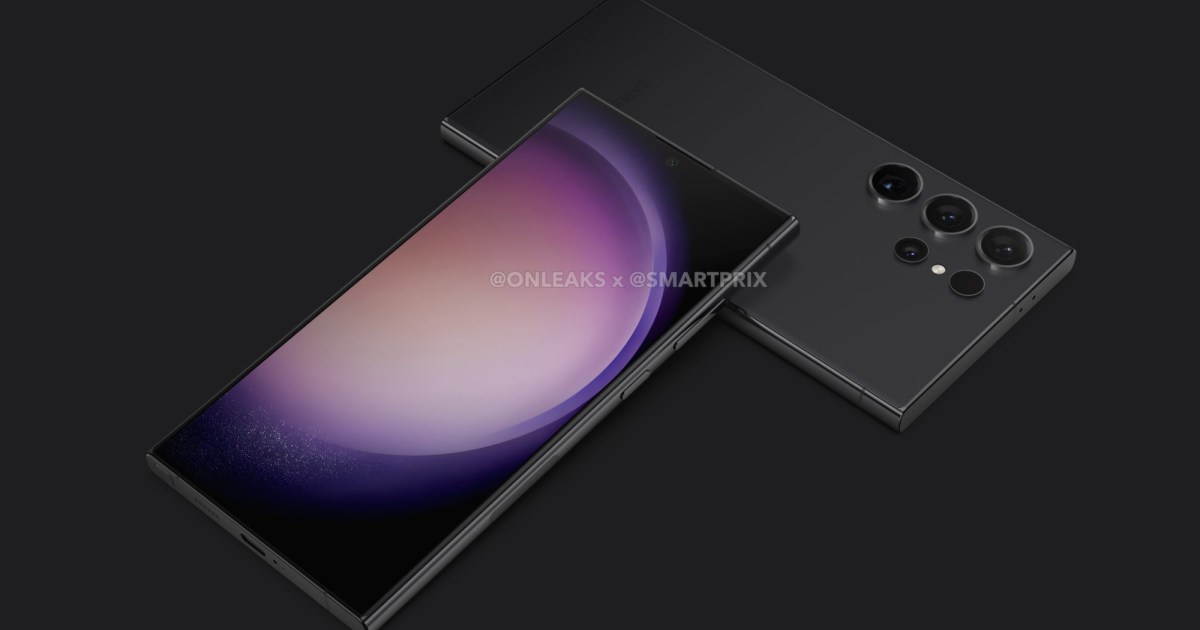2023 Revenue of Huawei Soars Despite US Sanctions
Huawei, which was once on the verge of survival, is expected to reach a revenue of nearly $100 billion this year.
Huawei’s Revenue Soars Despite US Sanctions
📈💰 Huawei, the Chinese conglomerate, is defying all odds as it reveals its incredible performance in 2023. Despite facing continued US sanctions, the company’s revenue climbed to a staggering $98.7 billion, surpassing expectations. This marks a significant 9% growth from the previous year’s revenue. Huawei credits its success to its “solid” ICT infrastructure business and the outstanding performance of its devices division, which includes smartphones.
Riding the Storm of Sanctions
⛈️⚡️ Huawei has been at the center of a storm for years due to long-standing US sanctions aimed at restricting its access to American technology, particularly cutting-edge chips. These sanctions have posed significant challenges to the company’s operations. However, Huawei’s relentless efforts and determination have enabled them to weather the storm and emerge stronger.
💪😎 In a year-end message to staff, Ken Hu, one of Huawei’s rotating chairmen, expressed his satisfaction with the company’s progress, stating, “After years of hard work, we’ve managed to weather the storm. And now we’re pretty much back on track.” Hu emphasized that changes in the business environment are not solely the result of geopolitical conflicts but also fluctuating global economic cycles.
Huawei’s Resilience and Smartphone Performance
📱 Despite the hurdles presented by US sanctions, Huawei’s device business exceeded expectations in 2023. The company plans to double down on its efforts in this sector for the upcoming year.
🚀💥 Huawei made headlines in August with the release of its Mate 60 Pro smartphone, which featured an impressive 5G capability. Many industry experts were left puzzled as to how Huawei managed to create an advanced smartphone, complete with 5G support, without relying on key American components. This breakthrough demonstrated Huawei’s newfound self-sufficiency, setting a new precedent for China.
💥📈 The Mate 60 Pro propelled Huawei back to the top of Chinese mobile brands, enabling them to regain market share from competitors like Apple. According to Counterpoint Research, Huawei’s market share in China grew from 10% in the first quarter to 14% in the third quarter of 2023. In contrast, Apple’s market share dropped from 20% to 15% during the same period.
The Chipmaking Battle Continues
❓❌ However, the battle between the US and China over chipmaking technology remains fierce. In response to China’s chipmaking breakthrough, particularly demonstrated by the 5G chip in the Mate 60 Pro, Commerce Secretary Gina Raimondo pledged to take “the strongest possible” action to protect US national security. These remarks highlight the broader implications and complexities surrounding technological advancements and their impact on global geopolitics.
The Rise, Fall, and Rise Again
📉📈 Huawei’s journey has been one of ups and downs. Once a leading global smartphone company, rivaling Apple and Samsung, the company faced a significant decline in phone sales since the imposition of sanctions by the Trump administration in 2019. These measures aimed to curtail Huawei’s dominance and restricted the company’s access to global chip supplies.
🚫📱 For several months, Huawei was limited to producing mostly 4G phones or relying on a limited supply of stockpiled 5G chips. Prior to the Mate 60, the last 5G chipset Huawei developed in-house was the Kirin 9000 5G, which powered the Mate 40 Pro in 2020.
Future Developments and the Road Ahead
🔮🛠️ Huawei’s remarkable resilience underscores its ability to adapt and thrive in challenging circumstances. While geopolitical and economic uncertainties remain, the company’s success in the face of adversity demonstrates its potential for future growth and innovation.
🌐🌍 As the global technology landscape continues to evolve, it will be intriguing to witness the impact of Huawei’s advancements and how it redefines the dynamics of the industry. Huawei’s dedication to achieving self-sufficiency in chipmaking represents a significant development that will undoubtedly shape the future of global technology.
Q&A
Q: How has Huawei managed to achieve revenue growth despite US sanctions?
A: Huawei’s revenue growth can be attributed to its strong ICT infrastructure business and the outstanding performance of its devices division. Despite facing restrictions on accessing American technology, the company’s relentless efforts and adaptability have enabled them to overcome challenges and achieve growth.
Q: What impact have US sanctions had on Huawei’s smartphone business?
A: US sanctions have posed significant obstacles for Huawei’s smartphone business. The company was initially limited to producing predominantly 4G phones or relying on stockpiled 5G chips. However, with the release of the Mate 60 Pro, Huawei showcased its ability to develop advanced smartphones complete with 5G support, even without key American components.
Q: How does Huawei’s revenue growth compare to other global smartphone brands?
A: Huawei’s revenue growth has allowed it to regain market share from competitors like Apple. In 2023, Huawei’s market share in China grew from 10% to 14%, while Apple’s market share declined from 20% to 15% during the same period.
Q: What challenges does Huawei face in the future?
A: Huawei continues to face geopolitical and economic uncertainties as well as ongoing technology restrictions and trade barriers. The company must navigate these challenges while striving for further growth and innovation.
Q: How does Huawei’s chipmaking breakthrough impact the global technology landscape?
A: Huawei’s chipmaking breakthrough signifies its increased self-sufficiency and less reliance on American technology. This development underlines the potential for significant shifts in the global technology landscape, as Huawei’s advancements may redefine industry dynamics and influence future technological trends.
References
- Counterpoint Research: Huawei Regains Marketshare in China
- Washington Post: US Sanctions on Huawei
- Huawei’s Mate 60 Pro






